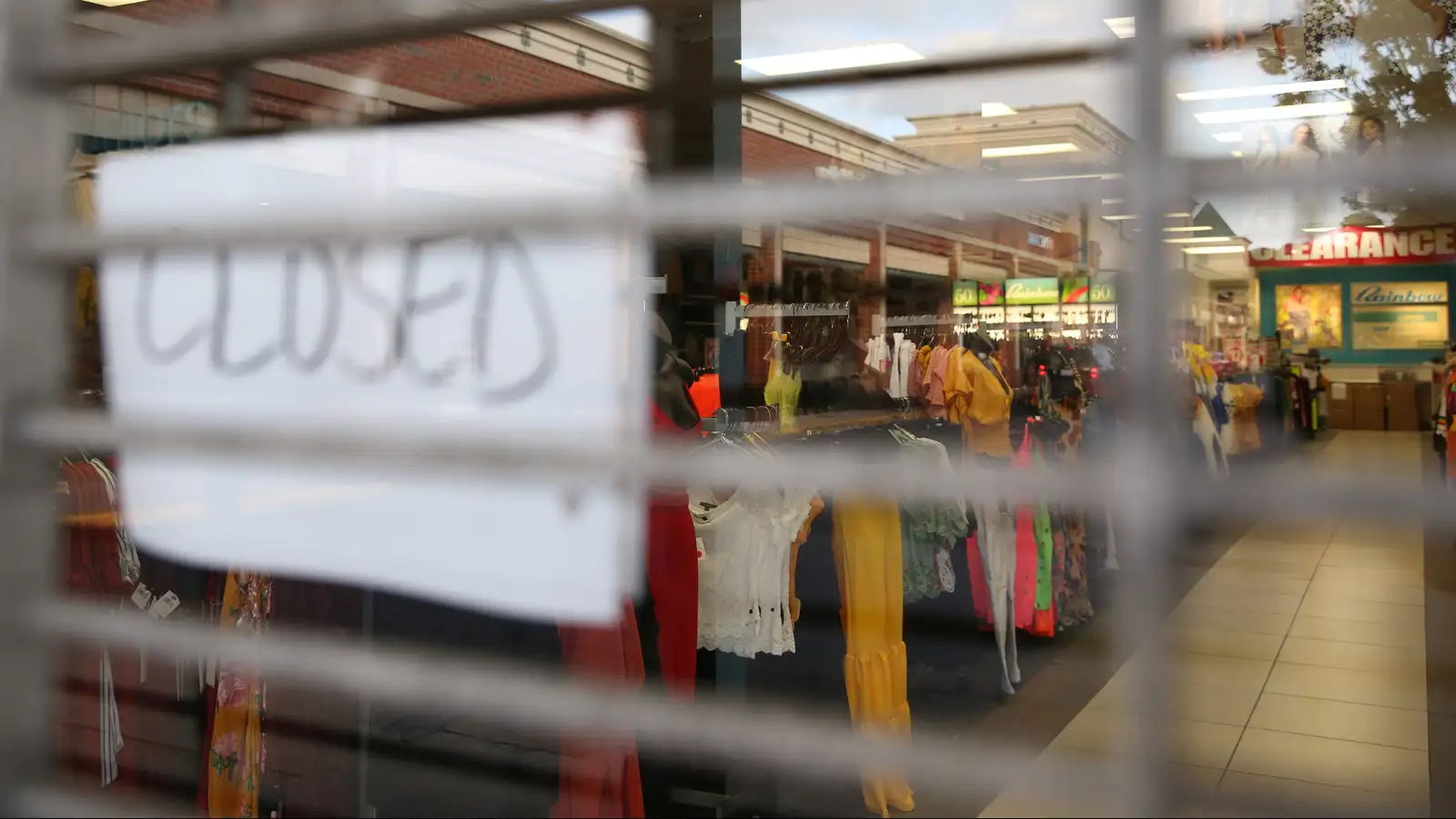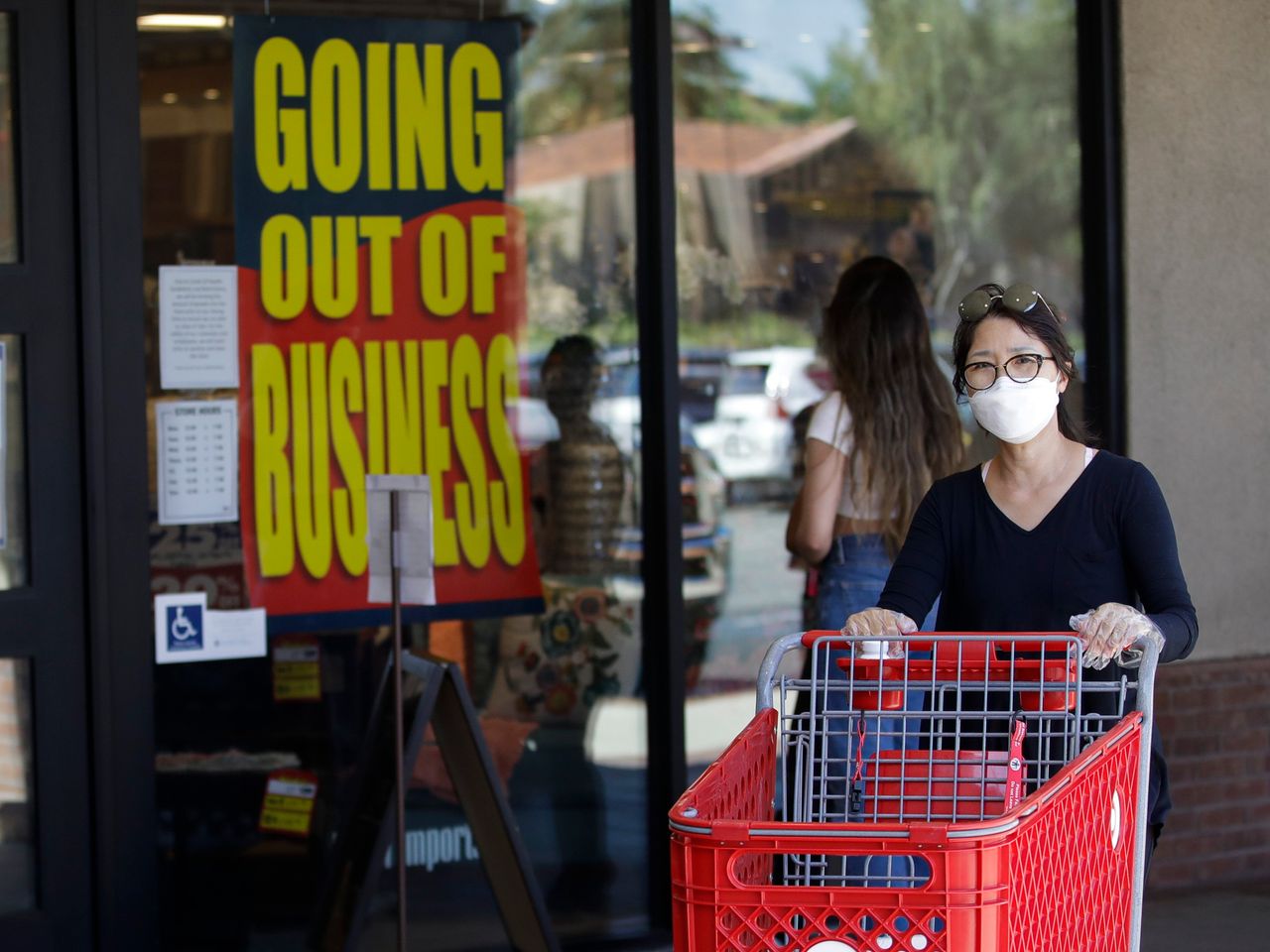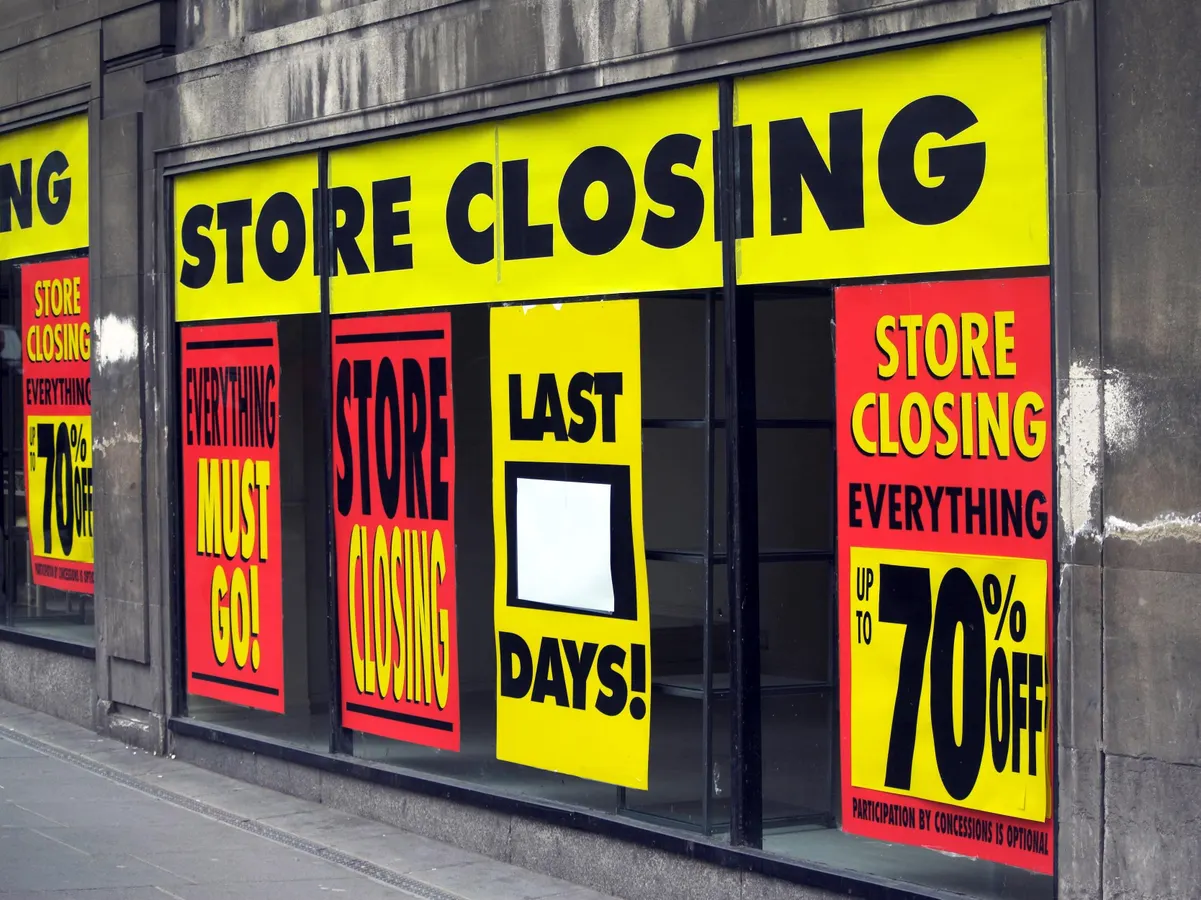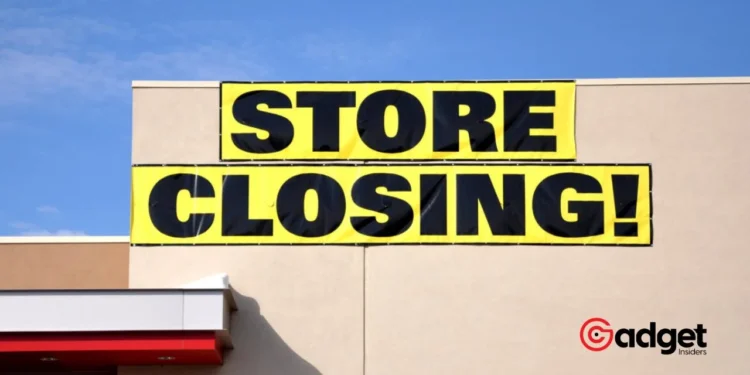The landscape of American retail with brands like Target and Walmart has dramatically shifted in the wake of the COVID-19 pandemic. With a significant uptick in retail crime and the growing burden of underperforming outlets, some of the nation’s most familiar storefronts are vanishing from our street corners.
Here’s a closer look at the retailers buckling under pressure and the implications of their store closures.

Target, Walmart: Rising Retail Crime and Store Closures
Amid rising incidents of theft and organized retail crime, major retailers have found themselves forced to shutter numerous locations across the country. Target closed nine stores in four different states in October 2023 due to these very challenges.
This follows a pattern observed in previous years, where Walgreens closed seven of its San Francisco stores in early 2022 and 2021, citing crime as the primary reason.
The phenomenon is not restricted to specific regions or types of retail. Walmart, another retail giant, had to close 24 stores in 14 states and Washington in 2023. The closures, attributed to both underperformance and theft, included a notable shutdown in the San Diego area following unsuccessful lease negotiations.

The Bankruptcy Epidemic in Retail
The situation grows more grim when coupled with the bankruptcy filings that have swept through the retail industry. Prominent chains like Christmas Tree Shops, Tuesday Morning, and Bed Bath & Beyond have all succumbed to financial distress, filing for Chapter 11 bankruptcy and closing all their stores in 2023.
99 Cents Only is the latest discounter to face this harsh reality. On April 4, the company announced its decision to liquidate and close all 371 of its stores across California, Texas, Arizona, and Nevada, just days before filing for Chapter 11 protection. This alarming trend underscores the volatile environment in which traditional retailers operate today.
We see 50k+ retail store closures in U.S. over the next 5 years – UBS – https://t.co/BUCS7hCxmn #businessnews #finance #marketnews pic.twitter.com/WuSoP89qTg
— World Finance News (@Worldfin_News) April 11, 2023
Rite Aid’s Struggle with Bankruptcy and Closures
Rite Aid has been particularly hard hit. In October 2023, the drugstore chain sought Chapter 11 protection, grappling with fierce competition from giants like CVS, Walgreens Boots Alliance, and Walmart, along with new entrants like Amazon and Mark Cuban’s CostPlus Drug.
Rite Aid reported a staggering $3.3 billion in debt and is also dealing with a civil lawsuit from the Department of Justice regarding the inappropriate handling of opioid prescriptions.
The bankruptcy protection has provided Rite Aid a reprieve from legal actions, allowing them to negotiate settlements potentially less costly than the billions potentially owed. Since the filing, Rite Aid has announced plans to close over 300 stores.
The closures include a broad range across states like California, New York, and Pennsylvania, reflecting the widespread impact of their financial troubles.

The Human Side of Retail Closures
The effects of these closures extend beyond financial sheets and bankruptcy filings.
An additional illustration of the altering dynamics in consumer buying behaviors and the problem that brick-and-mortar retailers confront in an increasingly digital economy is the fact that each store that has closed down implies a loss of jobs, a reduction in the number of options available to consumers, and a reduction in the number of community services.
As more retailers struggle with the dual pressures of crime and economic downturn, the future of physical retail hangs in the balance.
The industry’s ability to adapt to these challenges will likely dictate the landscape of American retail in the years to come. Meanwhile, the communities and employees affected by these closures are left navigating the uncertain terrain of a rapidly evolving market.










